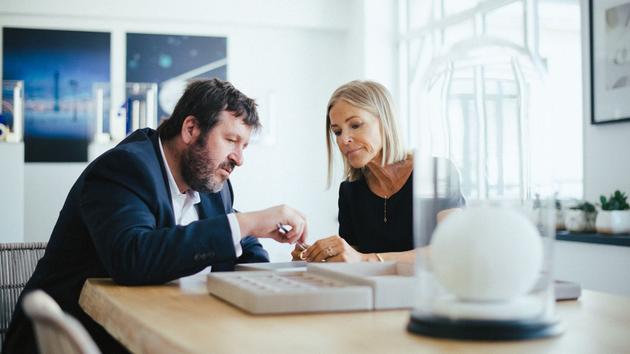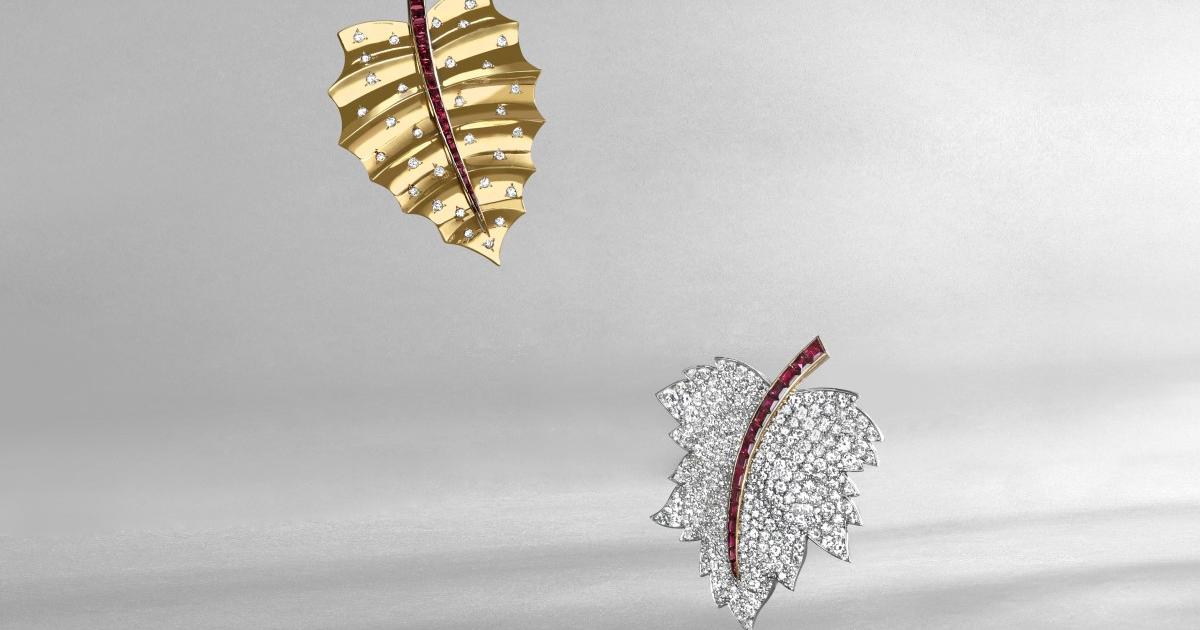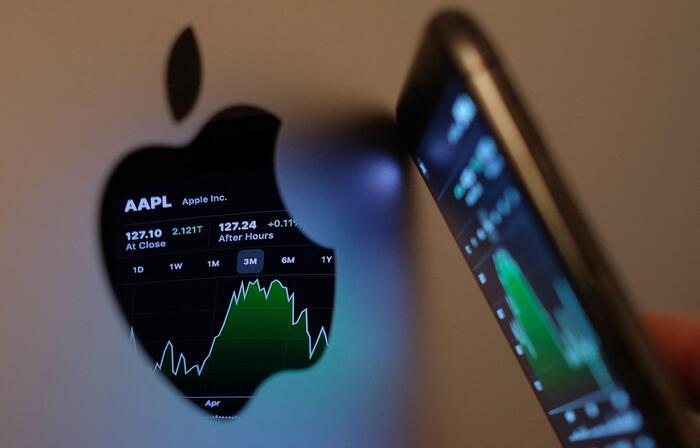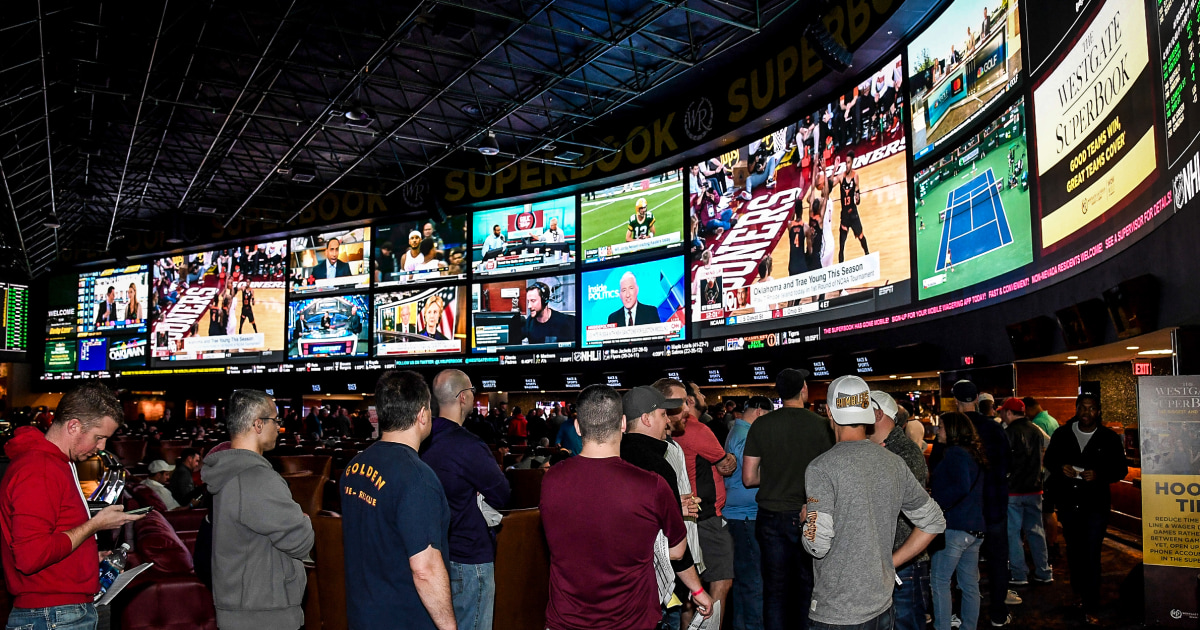If gold is a noble material, its extraction, which requires a lot of water, is very polluting.
Not to mention the social working conditions in many mines, despite the ban on child labor by the International Labor Organization.
To discover
OUR SIMULATOR - Are you getting paid well?
Certainly, brands - such as Paulette à bicyclette or Jem in France - have bet on the Fairmined label, which certifies the conditions for extracting gold.
But for Manuel Mallen, luxury specialist for twenty-five years in the Richemont Group, then as owner of Poiray:
"This remains the extraction, and I do not want it, because there are now more gold on earth than underground. "
Recycled gold already exists, but Manuel Mallen has chosen to make his jewelry in gold from computers or mobile phones, sourcing from the German founder Agosi.
See also
Emmaüs Solidarité opens a “Beauty & Well-being” space in Paris
Same logic for diamonds: no question of ore.
"To find a diamond of 1 carat (0.2 g), you have to extract 250 tonnes, the weight of three planes",
protests the ethical jeweler.
Hence the use of laboratory diamonds.
As the co-founder explains, who prefers this name to synthetic diamonds,
“in all cases, it is carbon that has crystallized, and it is impossible to distinguish them with the naked eye from diamonds of mine.
The only difference is that it took them 2 million years to come to the surface of the earth, and ours about a month. "
High-end positioning
With designer Marie-Ann Wachtmeister, consultant and entrepreneur, in 2018 he co-founded the Courbet brand, whose duo set up the showroom on Place Vendôme and a boutique at Printemps Haussmann. Because these two want to play in the big leagues: if
“other brands are involved in this niche, none is positioned very upscale like us. We only sell the finest specimens. ”
Wasn't the largest synthetic diamond (9 carats) sold for 450,000 euros?
Cultivated by about twenty laboratories around the world, primarily American, cultured diamonds still represent only 4 million carats per year, compared to the more than 150 million extracted from mines in 2019. But these ethical diamonds are the subject of a real enthusiasm, especially on the part of millennials, attracted as much by their environmental arguments as by their price.
See also
Synthetic diamond in six questions
But its founder points out that the start-up charges 30% to 40% less than traditional jewelry prices, while lab processes for diamonds and gold recycling are more expensive than mining.
For him, the explanation lies in an oligopolistic sector (held by Rio Tinto, De Beers and Alrosa) and the multiplicity of intermediaries.
Chanel entered the capital
With the health crisis, the brand took off on the web, which represents 30% of its sales, mainly in France but also abroad.
With its recent launch in China, the international share should increase to 70%.
The Chinese digital agency Hylink, which is one of its new shareholders, helped Courbet to set up its e-boutique and develop its notoriety on social networks to reach generation Z. The participation of Raise and Chanel in the second round of Courbet's fund (8.5 million euros) in 2020 shows that the initiative is attracting interest, including from luxury giants.
Objective: 30 million euros in turnover within three years.
To achieve this, the brand is looking for a global muse.
Are cultured diamonds "greener"?
Symbol of purity, the diamond is a magic of nature. It is also a magic of man, able to recreate it in the laboratory since the 1950s without it being possible to distinguish one from the other with the naked eye. Two technologies make it possible to achieve this: by "high pressure high temperature" or by "plasma CVD", the latter being preferred for high-end jewelry. This is the technology used by Diam Concept, the leading French manufacturer of laboratory diamonds, founded in 2016 by former CNRS researcher Alix Gicquel. It is she who supplies Courbet. The promoters of cultured diamonds highlight its environmental benefits, without extraction or child labor. Not to mention that the processing of mine diamond is generally not carried out in the country of extraction. Its detractors, for their part,do not fail to point out that the production of natural diamonds consumes three times less energy than their creation in the laboratory. Contested figures, especially as some laboratories use renewable energies, especially in California.
It seems that this debate mainly masks colossal economic issues, given the threat posed by this outsider on the traditional market.
Le Figaro
Society, health, environment, education, energy
»Discover the actors and initiatives of change















